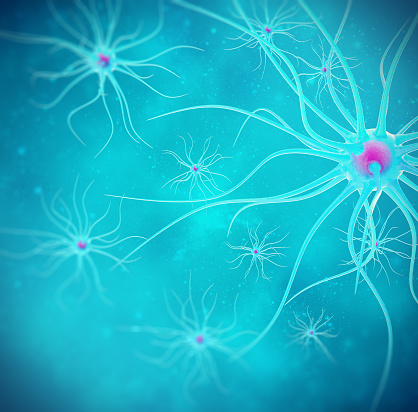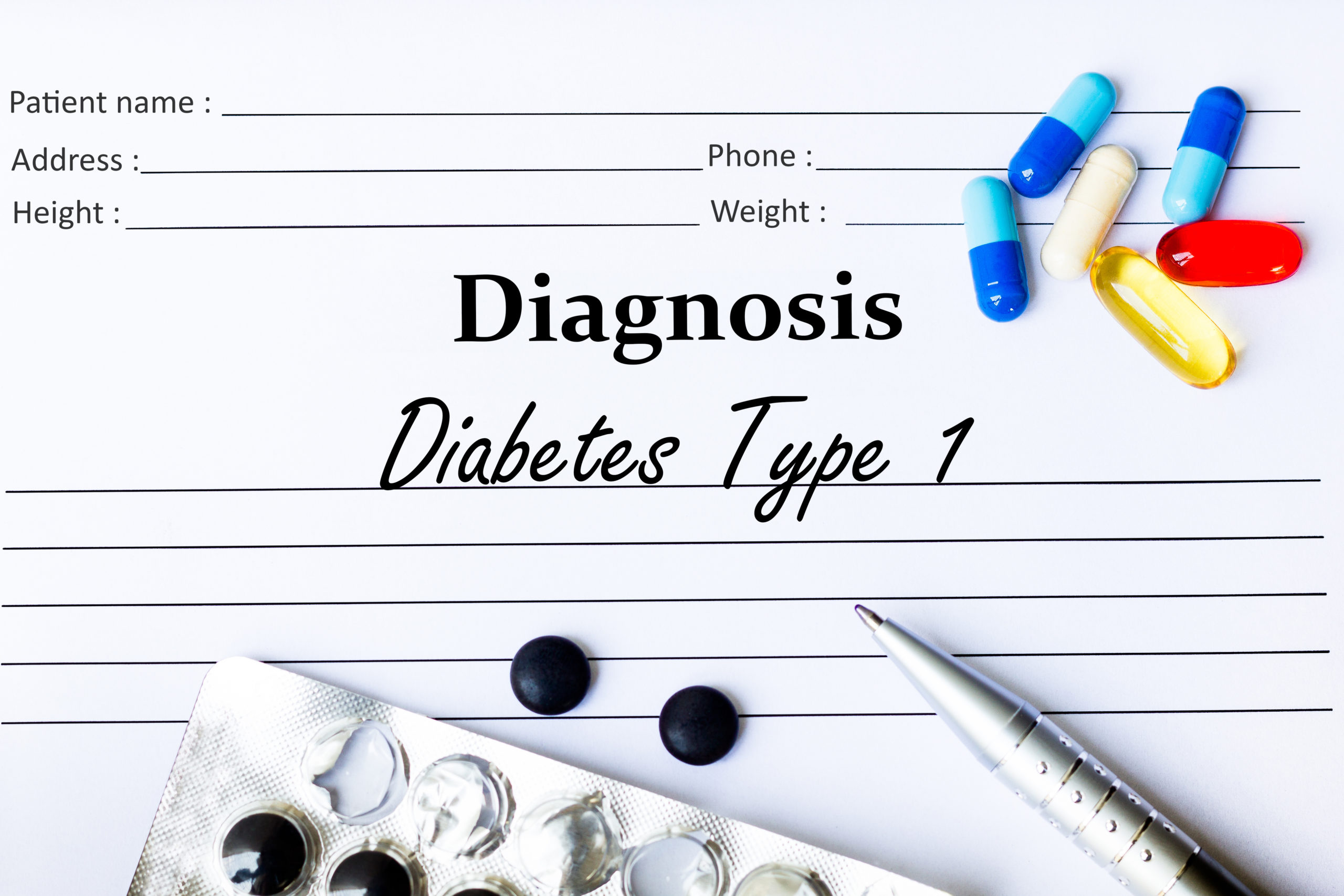
Are pigs brain cells the answer to those with Parkinson’s?
June 14th, 2017A new procedure has been in development that uses choroid plexus (brain) cells from pigs to keep nerve cells healthy. This procedure, which has been developed by Auckland based biotechnology company Living Cell Technologies, works on the basis that the construction of these brain cells combines signalling molecules and growth factors in order to keep nerve cells functioning healthily.
In turn, patients suffering with Parkinson’s disease have had pigs brain cells implanted in their brains, in hope that it will stop the disease progressing.
This method is still in the primary stages of tests and trails. Although, initial results from four patients is looking encouraging, with all showcasing improvements 18 months after the surgery.
What is Parkinson’s?
Parkinson’s disease is a condition in which parts of the brain become progressively damaged over the years. It is caused by the gradual loss of brain cells that make dopamine, but their effectiveness wears off over time.
The three main symptoms of Parkinson’s are:
- Involuntary shaking/tremors of particular parts of the body
- Slow movement
- Stiff and inflexible muscles
18 patients were seen to complete this operation using choroid plexus cell implants. This took place in a placebo-controlled trial, with the goal that the cells would create compounds to nourish remaining Dopamine producing cells to slow down further loss.
Ken Taylor of Living Cell Technologies stated “It’s putting in a little neurochemical factory to promote new nerve cell growth and repair,” as this method has been seen to be successful in the rat version of Parkinson’s disease.
The average improvement among participants was documented by the research team, measured on a 199-point scale from 1-199 of symptom severeity – i.e. how well each individual could do tasks such as walking or feeding themselves. Steven Gill, founder of the Functional Neurosurgery (FNS) research group within the University of Bristol, stated that “nerve cells do not regrow that fast, therefore if participants saw immediate improvement after surgery, it could be as a result of the placebo effect.”
Of course, this research trial is ongoing. So far, participants have had up to 120 capsules inserted into both sides of their brains. Roger Barker Professor of Clinical Neuroscience and Honorary Consultant in Neurology at the University of Cambridge and at Addenbrooke’s Hospital., stated “The strategy is a good idea, the question is how competitive that will be compared with other cell therapies.”
Additionally, pig’s brain cells are being examined as treatments for other disorders caused by the nerve cells dying, in conditions such as Alzheimer’s and Huntingdon’s, where both diseases cause cognitive and mobility problems. The choroid plexus cells may prove to be helpful in treating other disorders where nerve cell damage has taken place.
Further Reading
1.) Cell therapy for neurodegenerative diseases: http://www.lctglobal.com/








